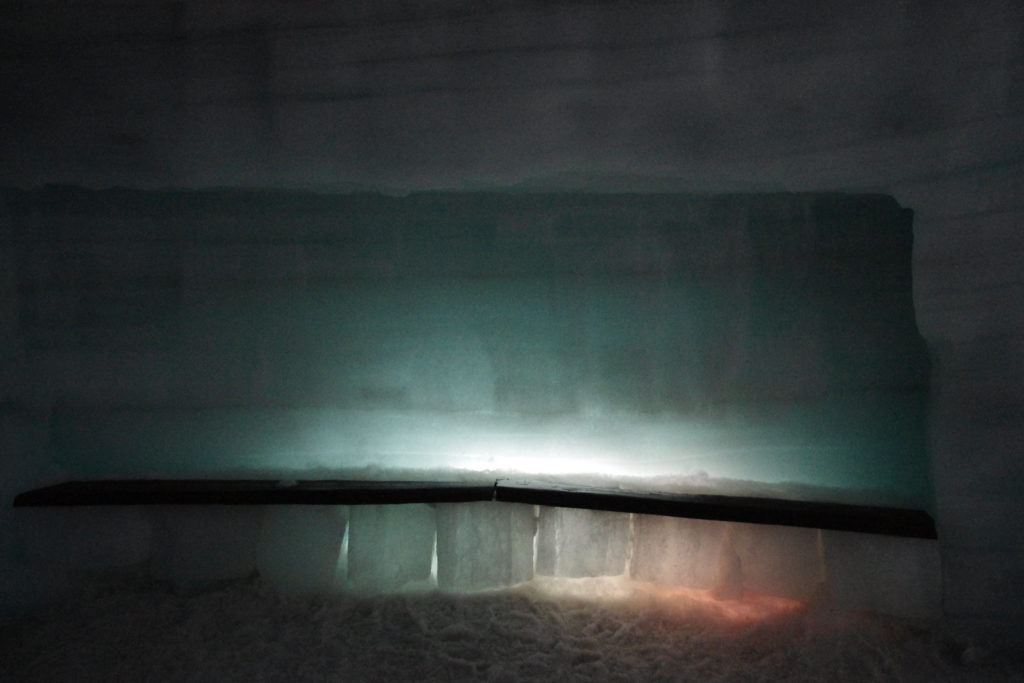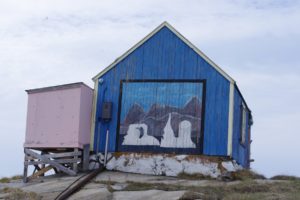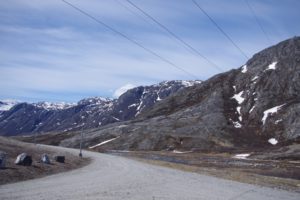
LED-lit bench, Into the Glacier tunnel system within the Langjökull Glacier, Iceland July, 2017.
How to define cold experiences emerging from ice on a warming planet? This is a guiding question for the After Ice collectionm, undertaken in collaboration with Paula Schonach and Rob Shields. Ice is a phase transition of water. It is always on the move. It is an open relation to other states, location, and matters. Ultimately it makes room for elemental encounters premised on the chemical affordances of the ability to cool material. Thus cooling establishes an essential causal and temporal relationship with the phase of matter that is ice. That water is matter that contains the potential of ice is a synecdoche that today is broken through the reach of global warming. In this the Cold Humanities emerge from the current fate of ice on our planet defined by the effects of global warming. They are anchored by commitments to communities across cold northern latitudes, but also to a more diffuse array of cold experiences that emerge in relation to ice’s capacity to cool. We put forward the term ‘cold humanities’ as a way to gather together diverse approaches to ice as a phase transition of water that is undergoing accelerated material and social changes due to the broad environmental and cultural effects of global warming as a planetary condition of foreclosure and uncertainty. It is a condition that generates the uncertain ‘after’ in the collection’s title. What does the future hold? Will it be so called ‘ice-free’ or ‘ice-less’? How has waning cold become an experience linked to at risk ice and northern communities? How does the temporal and experiential horizon of waning ice become manifest in an array of cold cultural practices, from refrigeration as social care to notions of archival loss premised on low temperatures?
Contributors to the collection offer the affective and sensorial ‘cold’ as a means of creating common experiences on our warming planet, particularly in relation to the site specificity of certain climate change narratives. By asking, “how to reflect the experiential dimensions of ice?” the scholars assembled in the collection outline the positionality of the Cold Humanities working outwards, temporally and spatially, from the material, semantic and sensorial environmental knowledges and ontologies that icy and after ice lifeworlds can create.


